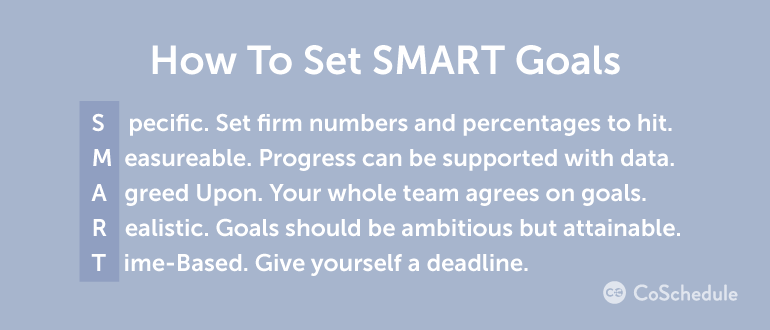You create great content. Incredible content. You spent hours putting together your website page, social platforms, compelling photos, well written articles. In short, you’re a content genius.
But where’s the traffic?
Turns out content isn’t king, or at least it isn’t the whole picture. (There is more by Blog Tyrant on this and I’ll share a link to the article in a second.)
I think most of you know exactly what I mean.
There’s a ton of noise out there. Unless you get a kick-start, such as a spend (that perhaps you can’t afford), or a chance mention on a popular website, it’s a whole different art to get folks to visit your creations.
[See also Outstanding Free Marketing Tools…]
So we post and post and look at our Google Analytics and still no traffic.
Look, I don’t resort to click bait, I don’t believe in headlines that promise one thing then lead you into an unexpected page for the sake of traffic.
However, to get more folks interested in what you are promoting it needs to be direct and catchy without too much detail. If you’re successful in getting their attention (or, stopping the scroll, as I put it) than you just might have a little more success in directing folks to your valuable content.
We’ll go into more detail on that in another post — your landing page is also another discussion.
Here is the link to the article I mentioned earlier, The Biggest Myth in Blogging: Why Content is Not King




